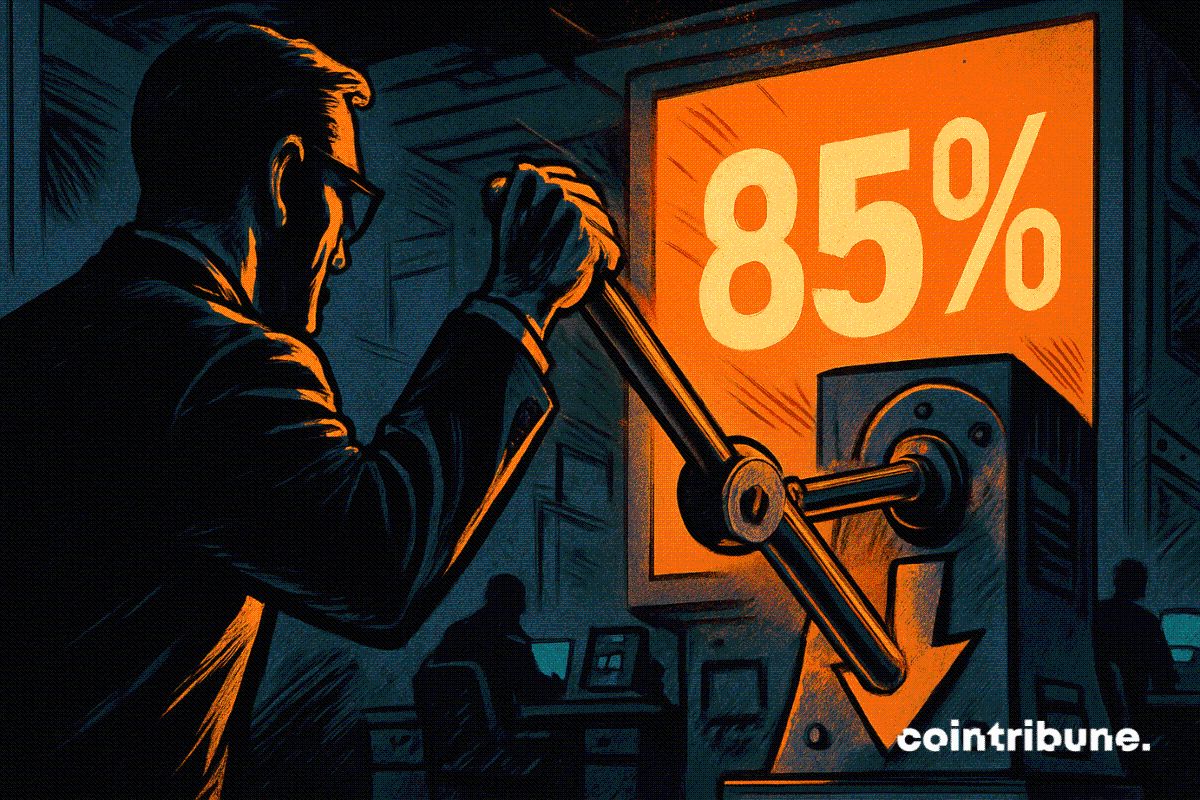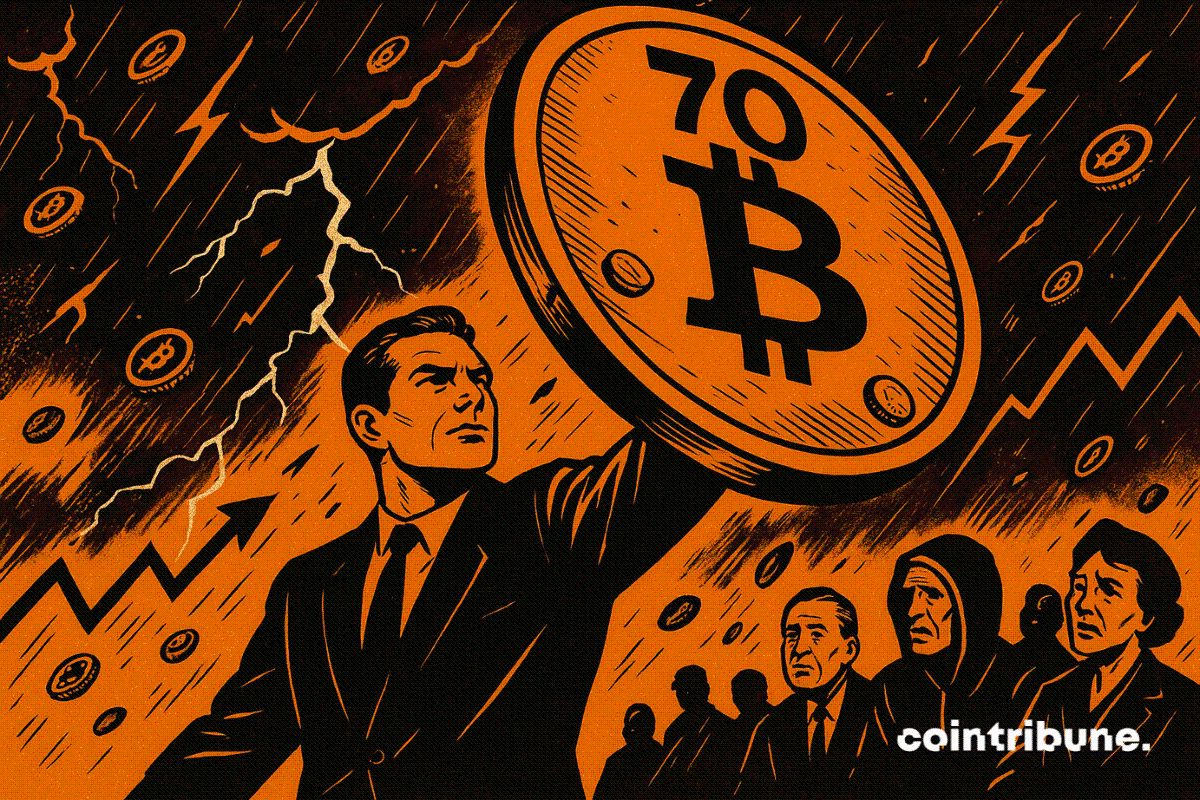Consumer Sentiment Plummets Amid Rising Prices and Growing Concerns Over Employment
- U.S. consumer confidence hit historic lows in November 2025, with University of Michigan's index at 51.0 and Conference Board's at 88.7, driven by inflation, job insecurity, and political uncertainty. - Inflation expectations remain elevated at 4.5% (1-year) and 3.4% (5-10 years), while 69% of consumers anticipate rising unemployment, reflecting deepening economic pessimism. - Trump's approval dipped to 41% as his tariff rollbacks failed to address affordability concerns, while wage growth (3.8%) barely
In November 2025, U.S. consumer confidence plunged to near record lows, signaling broad concerns about the economy, job stability, and persistent inflation. The University of Michigan’s final consumer sentiment reading fell to 51.0, marking a 4.8% drop from October’s 53.6 and
The University of Michigan’s current conditions index also dropped to a historic low of 51.1, with
Concerns about the job market are mounting. The Conference Board found that only 1% of respondents rated business conditions as “good” in November, a sharp drop from 20.7% in October, and just 6% described jobs as “plentiful,” compared to 28.6% the previous month

The economic fallout from this pessimism could be substantial. As households concentrate on necessities and postpone non-essential spending, consumer expenditures—the backbone of U.S. economic growth—may weaken. Jefferies economist Thomas Simons observed that, although spending and confidence have sometimes diverged, the risks of a downturn are increasing. The November government shutdown heightened these fears, and the 4.4% unemployment rate—the highest in almost four years—further undermined confidence.
Analysts point to the delicate relationship between inflation and wage increases. In September, average wages climbed 3.8% year-over-year, barely outpacing the 3% inflation rate, but disparities remain: the lowest-earning third of households saw just a 1% wage increase, while the top third gained 3.7%. This uneven recovery intensifies concerns about affordability, especially as lower-income Americans contend with rising grocery, rent, and tariff-driven costs.
With the 2026 midterm elections drawing near, both parties are under pressure to tackle these issues. Trump’s emphasis on tax cuts and deregulation is intended to counter Democratic arguments about affordability, but
Disclaimer: The content of this article solely reflects the author's opinion and does not represent the platform in any capacity. This article is not intended to serve as a reference for making investment decisions.
You may also like
Crypto Surges As Fed Eyes Rate Cut In December

Strategy unveils a new anti-panic weapon against the bitcoin crisis

dYdX’s performance-driven affiliate system establishes a new benchmark for DeFi rewards
- dYdX's v9.4 upgrade introduces a performance-based 50% commission tier, replacing static VIP tiers with dynamic affiliate fees tied to real-time trading volume. - The sliding fee model automatically adjusts commissions (30% base, 50% for top performers) to align affiliate rewards with platform liquidity and growth goals. - Competitors like Bitget and YWO also adopt performance-driven affiliate strategies, reflecting a broader DeFi trend toward merit-based incentives. - dYdX's protocol-level hard-coding o
The Growth of Ready-to-Develop Infrastructure in Upstate New York and Its Influence on Industrial Property
- Upstate NY's industrial real estate is transforming via shovel-ready infrastructure and public-private partnerships, targeting advanced manufacturing and clean energy sectors. - FAST NY's $400M grant program has funded 37 projects since 2022, upgrading 7,700 acres to attract $283M+ in private investments like Chobani's regional operations. - Webster's Xerox campus redevelopment ($9.8M FAST NY grant) exemplifies mixed-use "bluefield" models combining manufacturing with residential zones to create sustaina
